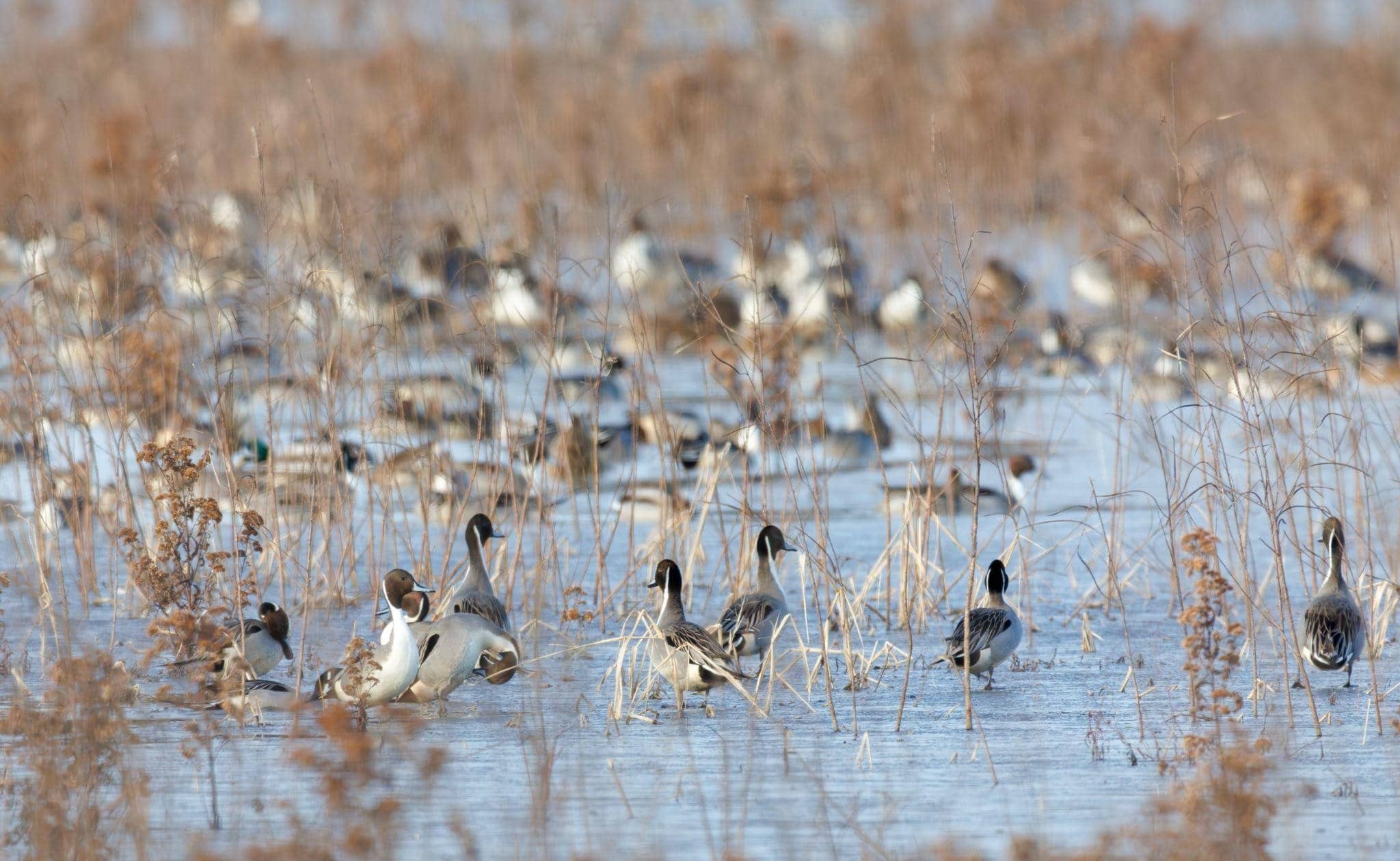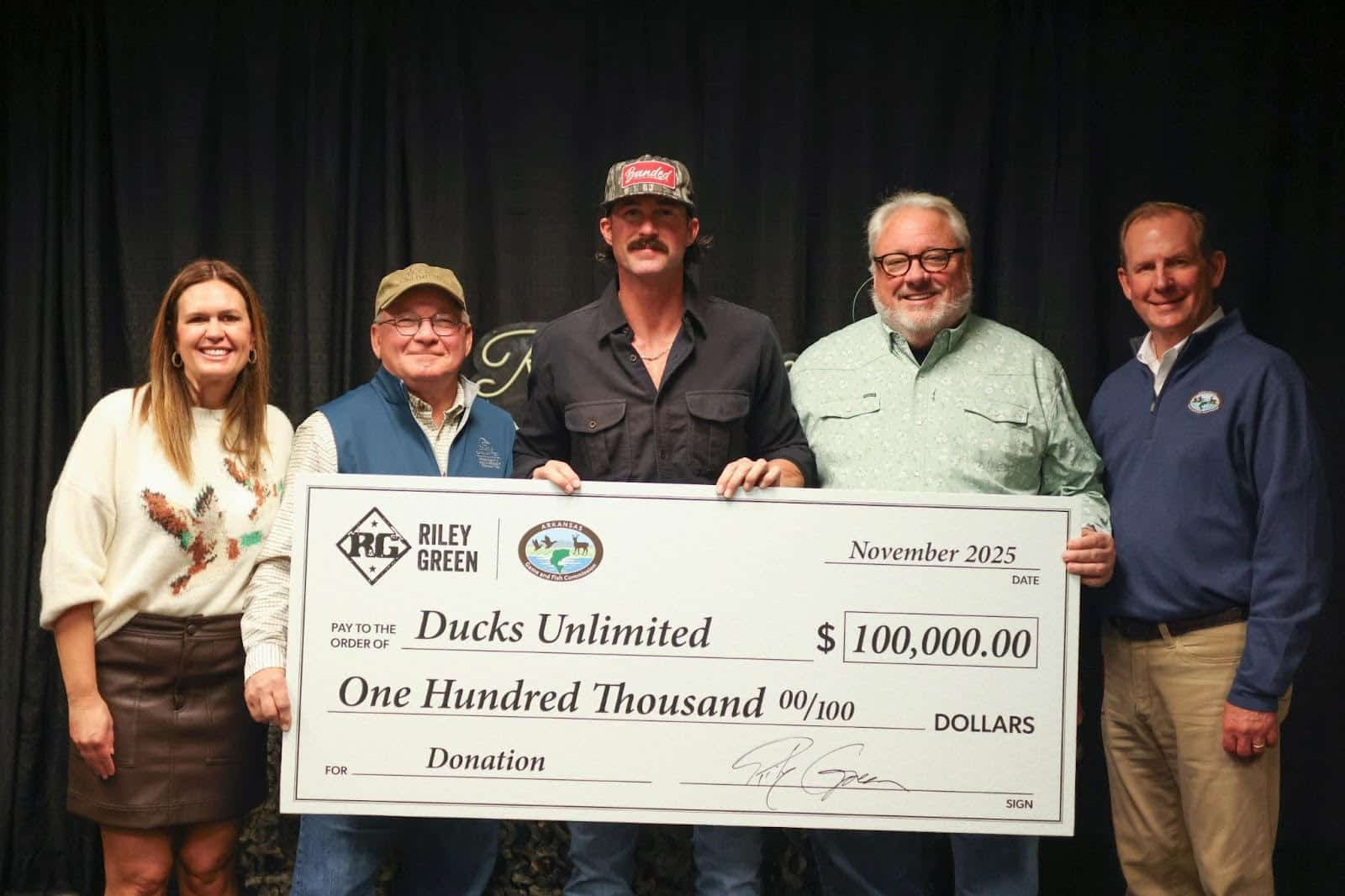Check your dove fields for bait before heading afield
ON 08-25-2025
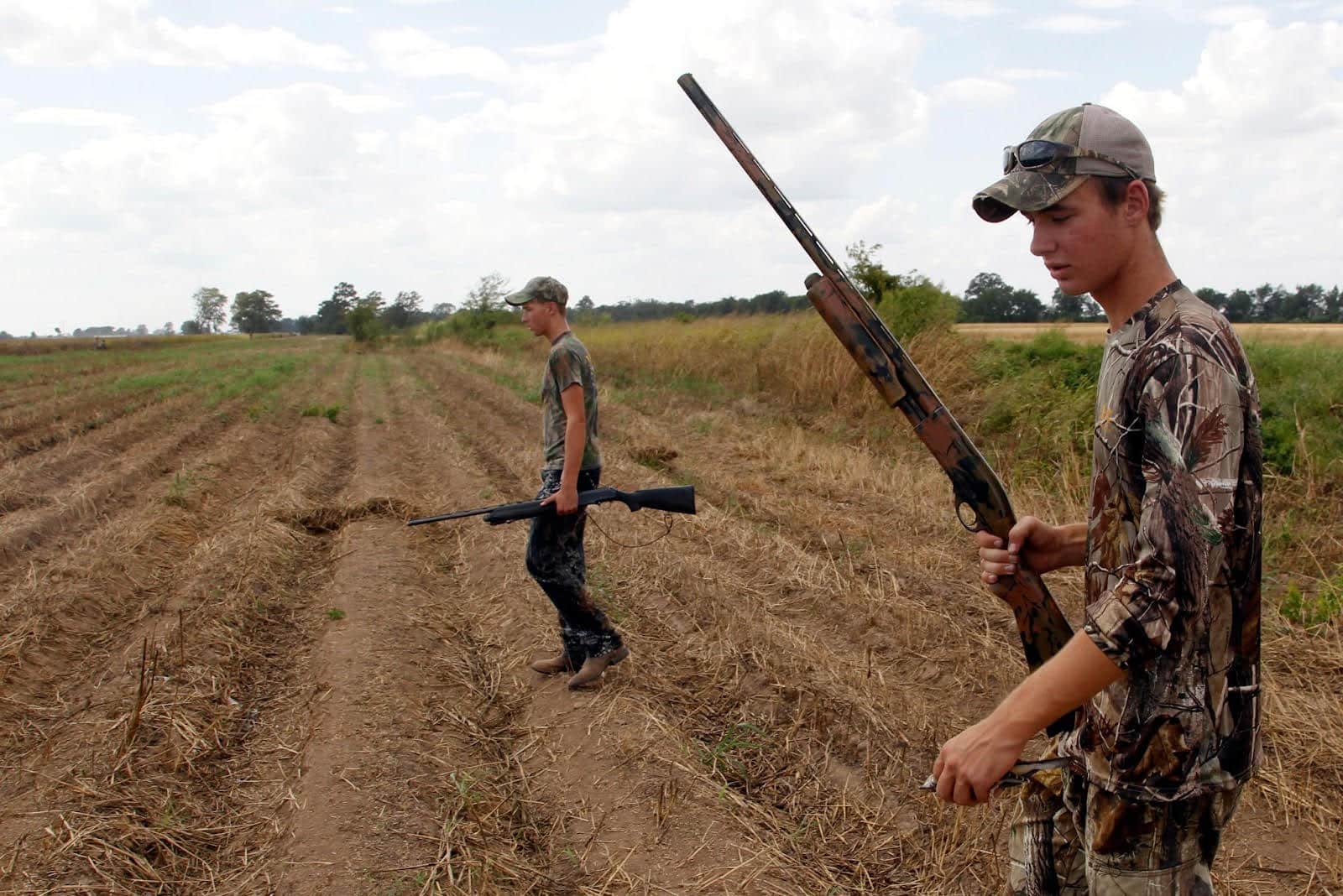
LITTLE ROCK — With dove season right around the corner and waterfowl season on the horizon, now’s the time to make sure the areas you plan to hunt don’t fall under the legal definition of baiting, particularly in agricultural fields.
According to federal regulations, an area is considered baited and illegal to hunt over if salt, grain or other feed has been placed, exposed, deposited, distributed or scattered in such a way as to attract migratory game birds where hunters are attempting to take them. Even after the complete removal of the bait, the area must rest for a minimum of 10 days before being legal to hunt.
Specifically, it is legal to hunt doves:
- where seeds or grains have been scattered (not piled) as a result of a normal agricultural operation or agricultural soil-stabilization practice, including top-sowing or aerial seeding;
- where grain grown on the land is scattered solely as the result of the manipulation (e.g., mowing, flattening, disking) of an agricultural crop;
- over standing crops;
- over standing or manipulated natural vegetation;
- over “hogged down” fields where livestock have fed on standing crops, or
- over feedlots.
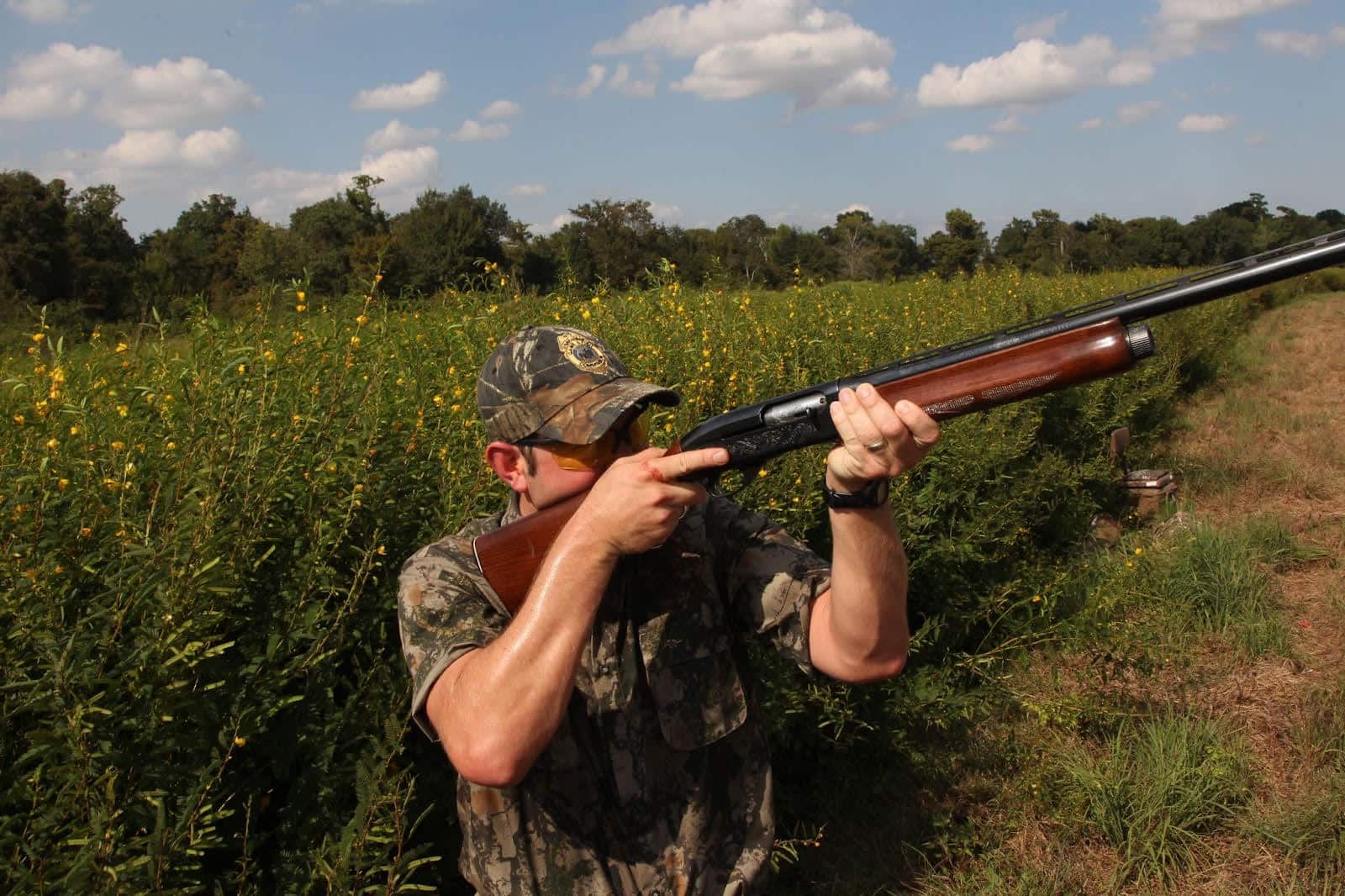
Waterfowl regulations are more restrictive than those on dove hunting. Unlike doves, waterfowl hunting is not permitted when unharvested crops are manipulated (rolled or mowed). It is legal to hunt over unharvested crops that were left due to poor quality, insect infestation or were otherwise uneconomical to harvest. However, the plants must not have been manipulated before flooding. This is particularly important for hunters in areas where an occasional Canada goose may make an appearance, especially while dove hunting. Hunters who attempt to take any waterfowl also may not have any lead shot in their possession while hunting, so it’s best to let those birds of opportunity fly by unless you’re only loaded with steel or other nontoxic shot. Hunters should also let those geese pass while dove hunting on a field that has been legally prepared for dove hunting by mowing, disking or other form of manipulation. Those fields may be legal for dove hunting but not for waterfowl hunting.
Top-sowing wheat over a disked field as a cover crop is a common practice that can offer green vegetation for deer and other game animals in winter and attracts doves before the seed germinates. It also falls under normal agricultural practices, as long as the planting rate does not exceed normal agricultural rates for cover crops in Arkansas. In most cases, winter cereals such as wheat and rye should not be broadcast without incorporation into the soil at a rate higher than 60 pounds of seed per acre, and the seed must be evenly distributed with no piles or concentrations evident.
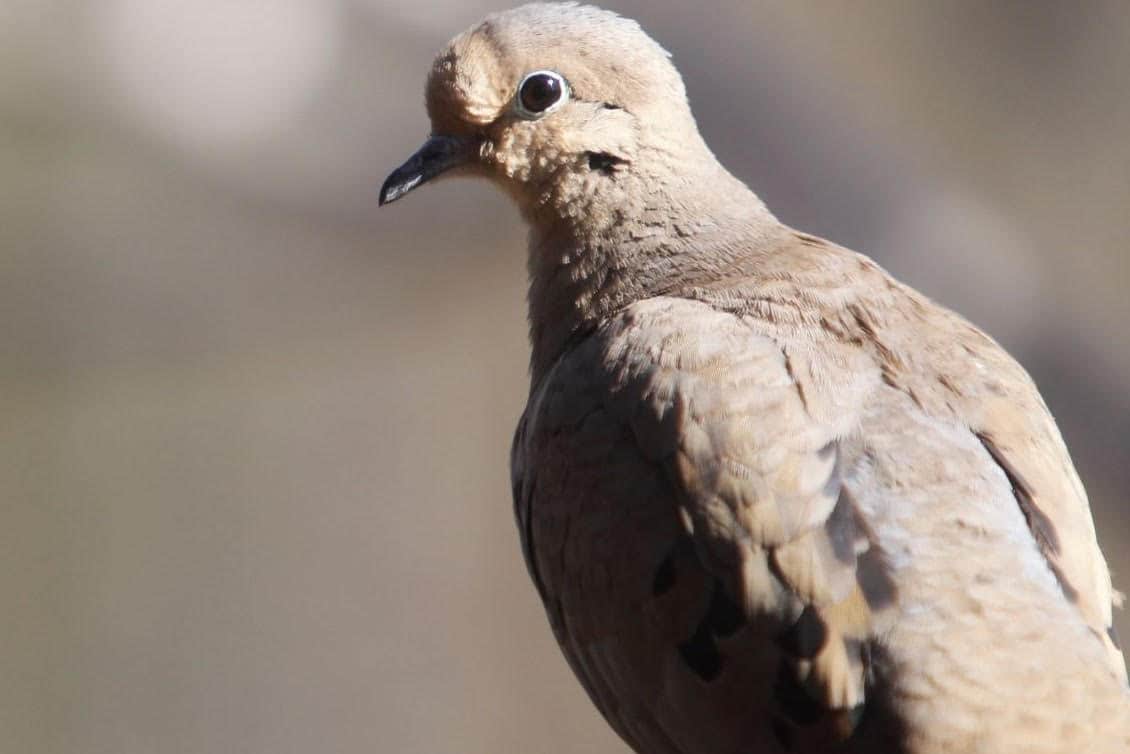
The University of Arkansas Cooperative Extension Service has established a list of general guidelines for planting rates and dates for all cover crop species that fall within the bounds of normal agricultural practices. A search on their website www.uada.edu or visit to one of their county offices can guide you through the planting process.
Quite a few hunters who don’t have friends or family with agricultural land join in on dove season through pay-to-hunt operations on opening weekend. Hunters visiting a field for the first time on opening weekend still have a responsibility to learn about the field’s preparation to protect themselves from fines and penalties:
- Ask first: Send a friendly email or text to the landowner to ask if any grain or feed has been on the area for the past 10 days. The response, in writing, can help if there’s a problem later.
- Take a stroll: Inspect the area before bringing a gun to the field. Any type of grain that was not grown in the field or is unevenly distributed is an indicator of baiting.
- Look closely: Pay attention to any spots with unusually heavy concentrations of doves. If the field is freshly plowed, check both the surface and under any loose soil for grain that may have just been turned over.
Dove season is Sept. 6-Oct. 26 and Dec. 8-Jan. 15. Up to 15 mourning doves or white-winged doves may be harvested per person per day. There is no limit on Eurasian collared-doves, but all Eurasian collared-doves must remain fully feathered in the field. In addition to a valid hunting license, dove hunters 16 and older must have a free Arkansas Harvest Information Program registration. Federal and state duck stamps are not required to hunt doves, but are required to hunt waterfowl .
Want to learn more?
The Gov. Mike Huckabee Delta Rivers Nature Center in Pine Bluff is hosting a free class on dove hunting basics Aug. 30 to introduce people to the ins and outs of dove season and to offer a little advice on how to get started. Visit https://ar-events.s3licensing.com/eventprofile/143 to sign up or call 501-712-2947 for more information.
####
CUTLINES:
TWO HUNTERS IN FIELD
Keep an eye out for piles of grain or other indications that a field has been baited. AGFC photo.
HUNTER SHOOTING
Doves may be hunted over manipulated agricultural crops and topsown fields; waterfowl may not. AGFC photo.
DOVE
Arkansas dove hunting season opens Sept. 6, 2025. AGFC photo.
Recent News
Subscribe to Our Weekly Newsletter E-mails
Don’t miss another issue. Sign up now to receive the AGFC Wildlife Weekly Newsletter in your mailbox every Wednesday afternoon (Waterfowl Reports are published weekly during waterfowl season and periodically outside the season). Fishing Reports arrive on Thursdays. Fill in the following fields and hit submit. Thanks, and welcome!

